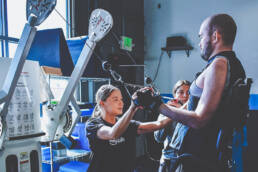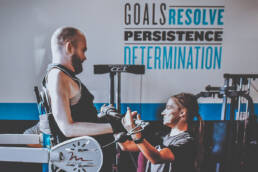Motor Learning
A complex process occurring in the brain in response to practice or experience of a certain skill resulting in changes in the central nervous system. It allows for the production of a new motor skill.
Principles of motor learning can be applied to neurorehabilitation to help individuals with neurological conditions regain lost motor function and improve their quality of life.
Principles of Motor Learning:
- Providing feedback
- Incorporating variability
- Using explicit and implicit learning strategies
- Providing opportunities for active engagement
Acquisition → Retention → Transfer of New Skills
- Feedback is critical for motor learning, as it allows individuals to understand their performance and make adjustments accordingly. Feedback can be provided in different forms, such as visual, auditory, or haptic.
- Incorporating variability into the practice of a skill can improve retention and transfer of the skill to other contexts.
- Explicit learning strategies involve conscious, intentional efforts to learn a new skill, while implicit learning involves more automatic, unconscious processes.
- Active engagement in the learning process is crucial for motor learning, as it promotes the formation of new neural connections and the strengthening of existing ones.
Neuroplasticity is the brain’s ability to adapt and reorganize in response to injury or experience, and it plays a crucial role in motor learning and neurorehabilitation.
Neurorehabilitation Approaches:
- Task-specific training
- Constraint-induced movement therapy
- Virtual reality-based rehabilitation
Successful Neurorehabilitation:
- Multidisciplinary approach
- Collaboration among healthcare professionals
- Use of technology, like robotics
Take the Next Step Toward Recovery
Whether you’re just beginning your journey or looking for new ways to push forward, NeuAbility is here to help. Contact us today or explore our programs to see how we can support your path to greater independence, strength, and community.
Like this article? Spread the word!
Related Posts
May 9, 2025
Activity-Based Therapy for Paralysis: Building Strength, Independence, and Community
Learn how activity-based therapy (ABT) helps individuals with paralysis improve motor…
May 9, 2025
Physiological Barriers to Spinal Cord Injury Recovery: Challenges and Research Directions
Explore the physiological barriers that impact spinal cord injury recovery, including…
May 9, 2025
6 Powerful Ways to Boost Neuroplasticity for Brain Recovery and Function
Explore six proven ways to enhance neuroplasticity—including exercise, brain stimulation,…





